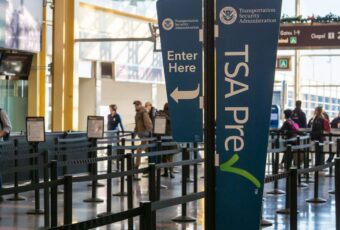Looking for the Submarine
Tim Taylor and his crew were sent in June 2019 to look for a WWII submarine that disappeared under tragic and mysterious circumstances. The team was using a remote-controlled underwater vehicle to help their search. It’s then that Tim noticed two strange inconsistencies.
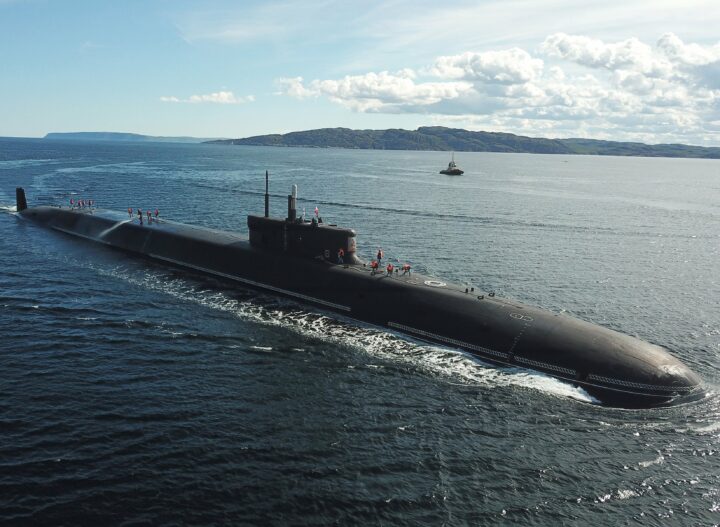
Looking For The Submarine
The Submarine
Tim and his team were searching for the U.S.S. Grayback. The Lost 52 Project was the cause behind this salvage operation. This project is entirely dedicated to locating the 52 different U.S. submarines that mysteriously disappeared in World War Two.
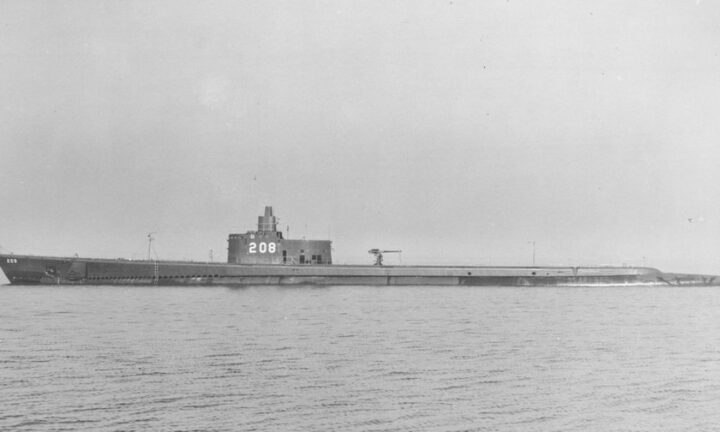
The Submarine
Embarking on a Combat Patrol
The Grayback embarked on a combat patrol on January 28th, 1944, from Pearl Harbor. It was the sub’s tenth and final mission, as the Grayback was later posted, the submarine as being missing in late March 1944. However, a message was sent back to base before its disappearance.
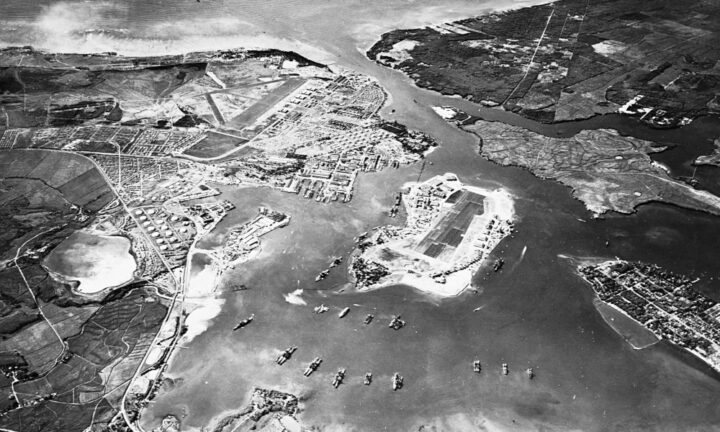
Embarking On A Combat Patrol
The Message
Before its disappearance, the message sent by the Grayback stated that it had sunk two Japanese freighters and hit another two. However, the submarine had also caused severe damage to more Japanese freighters, which left the sub with only two torpedoes.
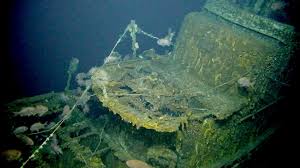
The Message
Running Low
The Grayback informed base that the sub was running low and ammunition and was going to head to Midway Atoll in the North Pacific to stock up again. This was the last radio message received from the Grayback. Navy commanders expected the submarine to dock at Midway Atoll on March 7th, 1944.
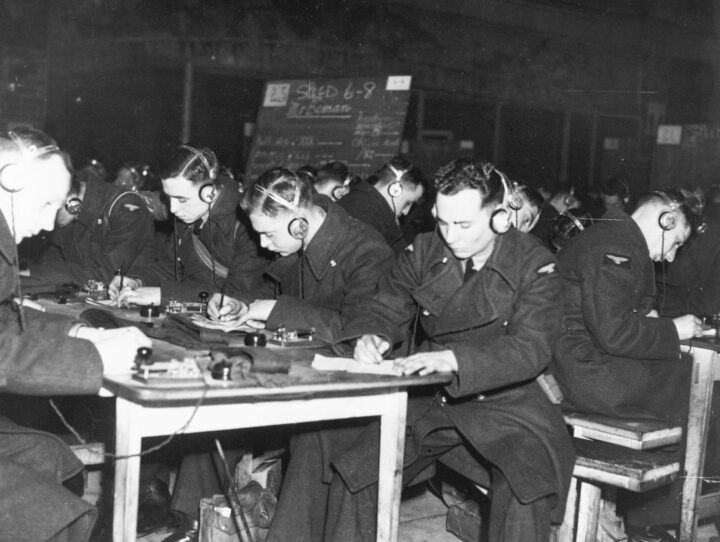
Running Low
No Sign of the Submarine
The Grayback didn’t dock at Midway Atoll on March 7th, 1944, or three weeks subsequently. The Grayback and its 80 crew members were declared lost at sea, which was a tragedy. Loved ones of the crew were left looking for answers.
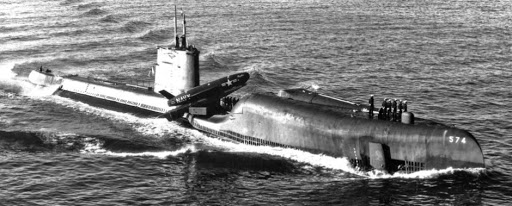
No Sign Of The Submarine
Building the Grayback
There wasn’t any trace of one of the U.S. Navy’s assets. The Grayback’s life began on April 3rd, 1940. This was when shipbuilders laid her keel down in Groton at Connecticut’s Electric Boat Company, which was known to be in good hands as the skilled workers had been building submarines since 1899.
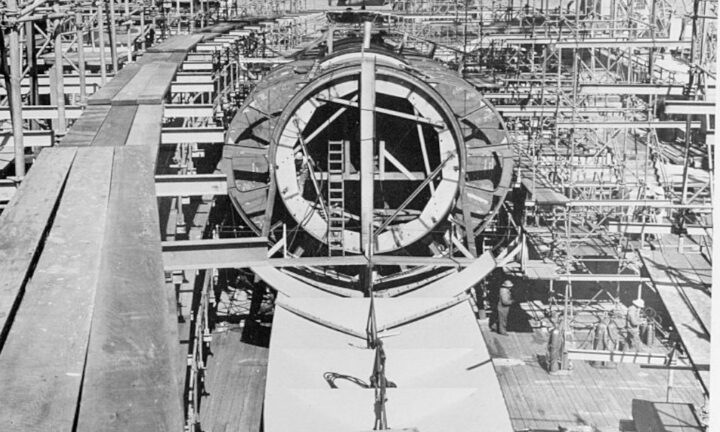
Building The Grayback
About the Electric Boat Company
The initial model that the Electric Boat Company had constructed was actually the U.S. Navy’s first submarine that was known as the U.S.S. Holland. This was first commissioned in 1900. During the First World War, the Electric Boat Company had built 85 submarines and other crafts for the U.S. Navy.
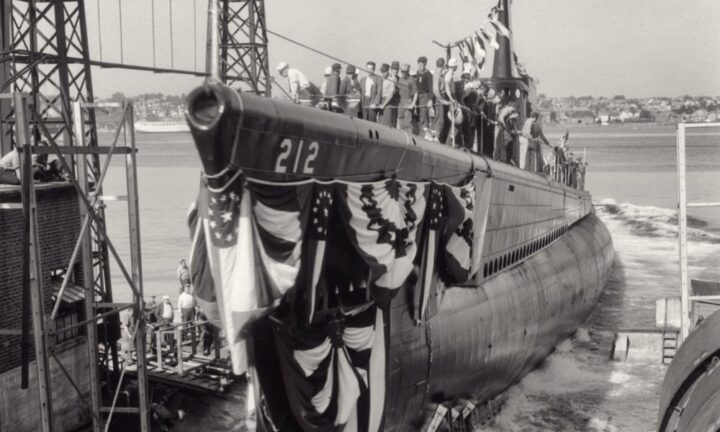
About The Electric Boat Company
The Electric Boat Company in WWII
The Electric Boat Company also had a role in World War Two and developed 74 submarines, including the Grayback. The Grayback was designed as a Tambor-class vessel, along with 12 were built. From these, seven of these Tambor submarines were destroyed.
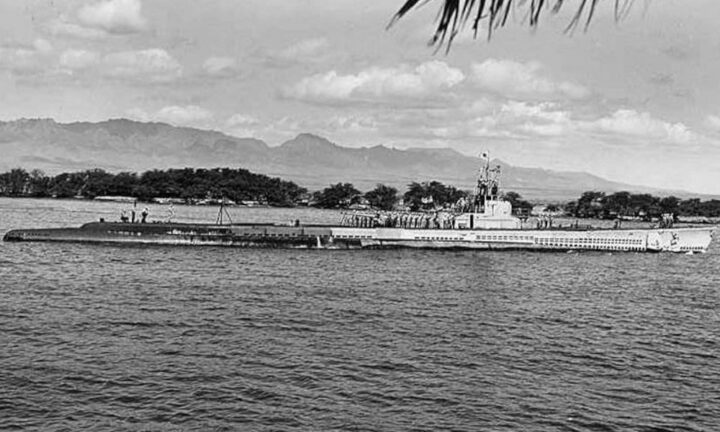
The Electric Boat Company In WWII
Completing the Grayback
Once the Grayback was finally completed, she was more than 300 feet from stem to stern. She measured over 27 feet at her widest point while having a maximum surface speed of 20 knots and nine knots when traveling underwater.
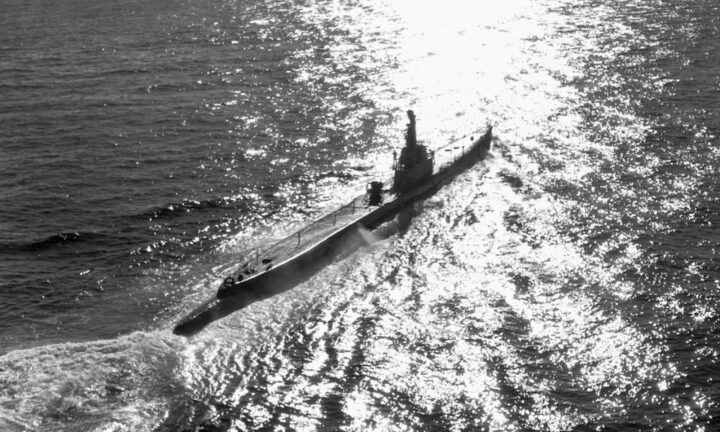
Completing The Grayback
The Design of the Grayback
The Grayback was designed with two propellers that are driven by four motorized electric systems. These systems are then charged by diesel engines quartet. The Grayback’s official crew strength 54 enlisted men and six officers while 80 crew members were aboard during her disappearance.
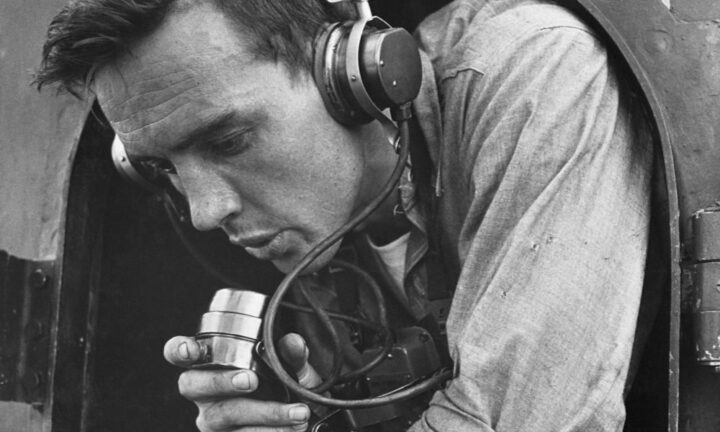
The Design Of The Grayback
The Strength of the Grayback
The Grayback was known to be well-equipped with ten torpedo tubes that were 21-inches wide. Six of these torpedo tubes were set towards the bow, and four set towards the stern. Not to mention, it had a 50-caliber machine gun, Oerlikon 20 mm, and Bofors 40mm cannons.
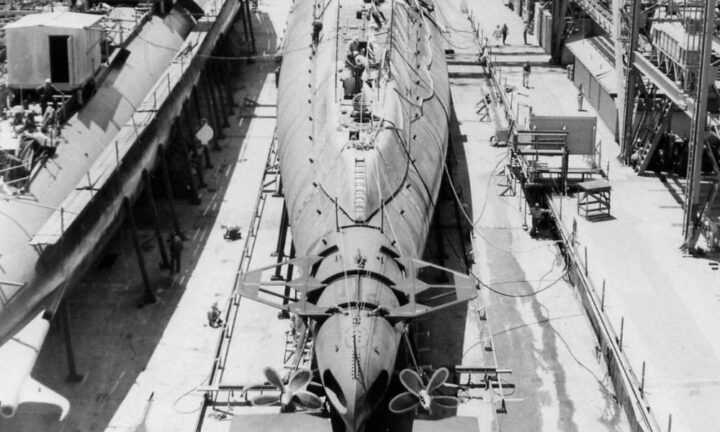
The Strength Of The Grayback
Ten Weeks
Ten weeks after the Electric Boat Company began the Grayback’s construction, she was launched by Rear Admiral Wilson Brown’s wife. The Grayback was later commissioned into the U.S. Navy in June. This was five months before the U.S. was embroiled in WWII.
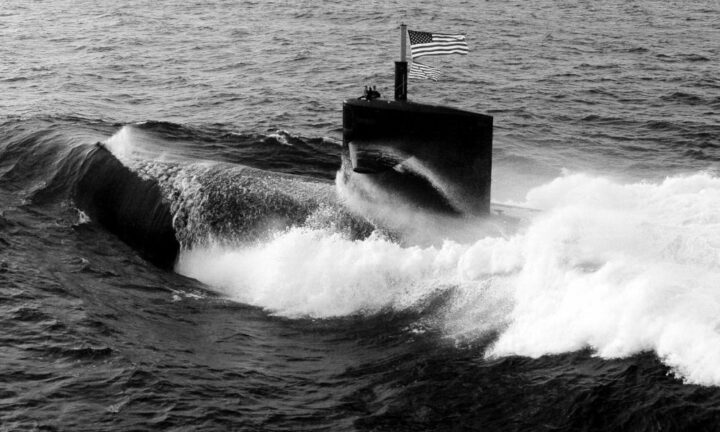
Ten Weeks
Commissioned
After being commissioned into the U.S. Navy, the Grayback was sent on her first shakedown cruise, which was led under Lieutenant Willard A. Saunders’s command. This took place on Long Island Sound and was used to test out the submarine’s systems.
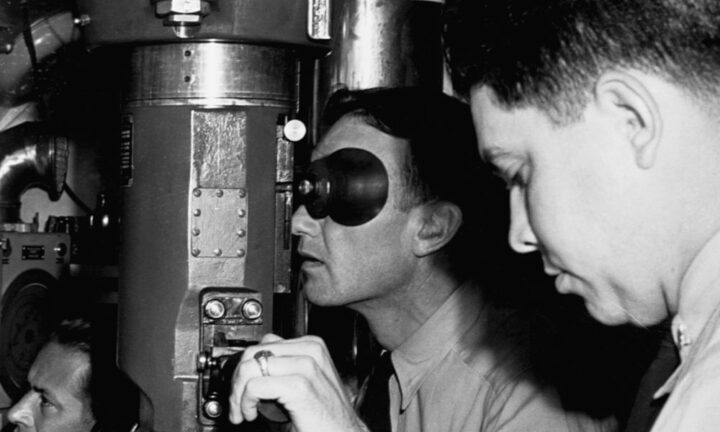
Commissioned
Heading to Pearl Harbor
After conducting further maintenance on the Grayback at Portsmouth Naval Shipyard situated on the Maine coast, the Grayback set course for Pearl Harbor in 1942. February 15thwas the date that the Grayback embarked on her first wartime patrol.
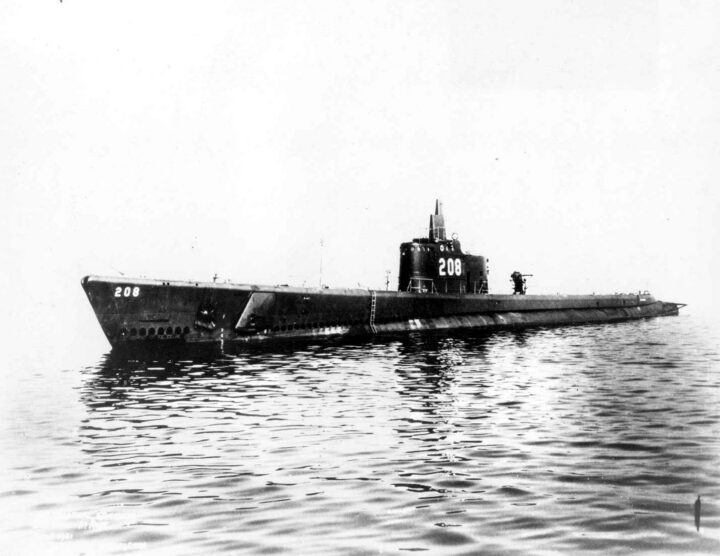
Heading To Pearl Harbor
Her First Wartime Patrol
The Grayback set sail into the Pacific and cruised along the island of Guam, which was where the Japanese had attacked at the end of 1941. In addition to this, the Grayback also traveled to the Saipan coast, which was also Japanese territory.
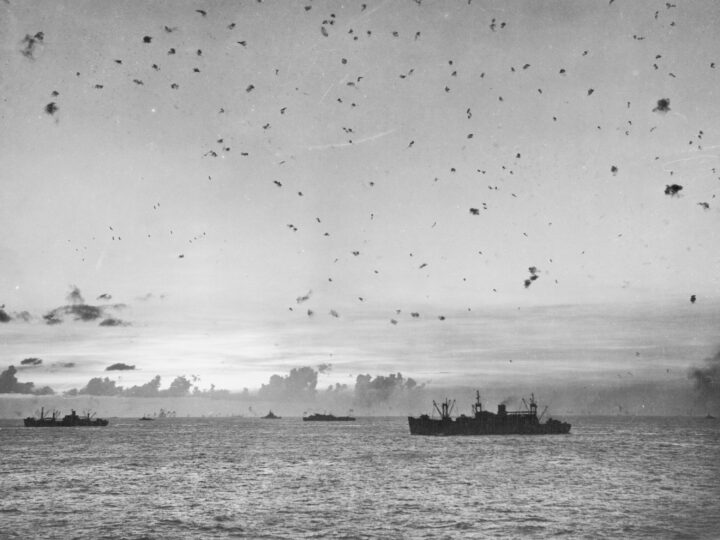
Her First Wartime Patrol
A Game of Cat and Mouse
During this wartime patrol, the Grayback was part of the cat-and-mouse game that lasted three times with a Japanese submarine. Once the U.S. sub escaped the Japanese’s attention, the Grayback achieved a great victory when she sunk her first ship.
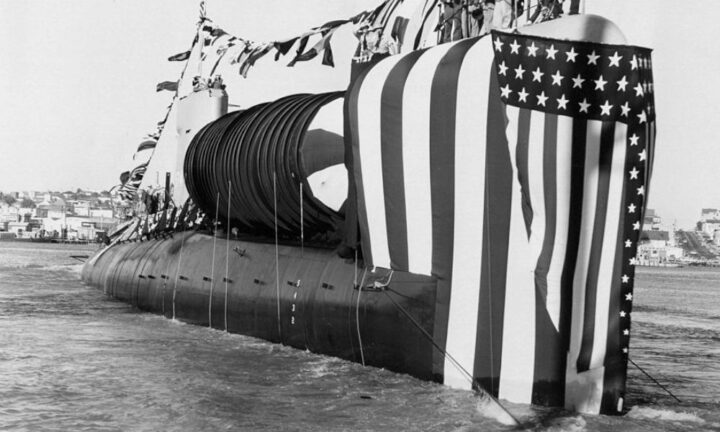
A Game Of Cat And Mouse
The South China Sea
The Grayback was later dispatched into the South China Sea, which was home to seas that were difficult to navigate. However, the submarine was able to hit an enemy sub and some merchant ships. After this, she began her fifth patrol and set off for Australia.
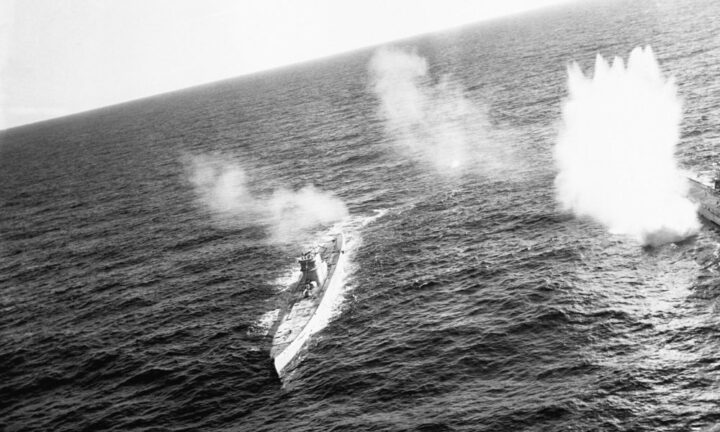
The South China Sea
Christmas Day
The Grayback surfaced on Christmas Day of 1942 when she caught four landing barges off-guard and proceeded to sink all of them. Four days after this, an energy submarine fired torpedoes towards the American Grayback, but these all missed the craft.
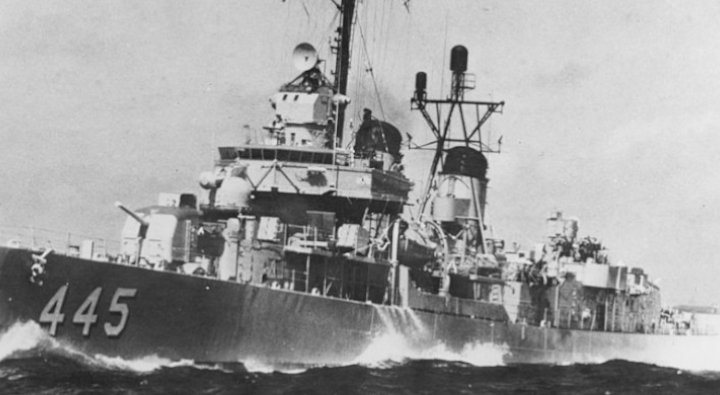
Christmas Day
A Rescue Operation
During the Grayback’s fifth tour, she conducted an epic rescue operation. Six Americans had been stranded aboard at Munda Bay on the Solomon Islands. Two of the crewmen aboard the Grayback went ashore during nightfall to escape the attention of the Japanese.
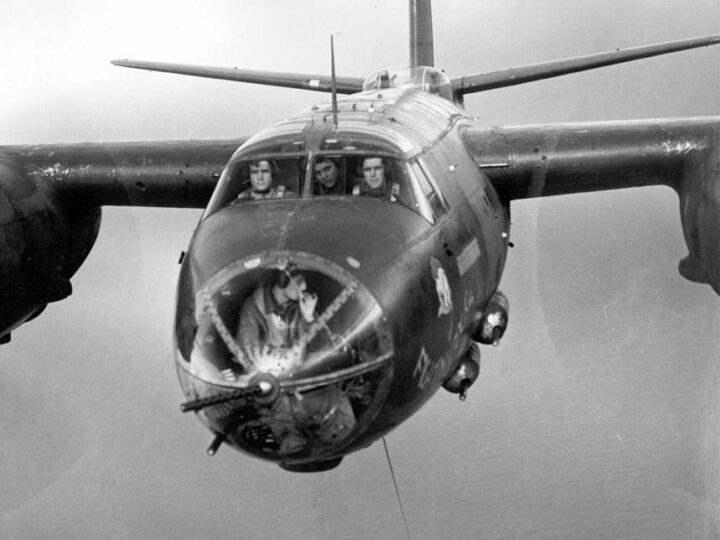
A Rescue Operation
The Following Night
The two submariners ferried the six surviving Americans back to the Grayback the following night. As a result, the sub’s captain, Commander Edward C. Stephan, gained the Navy Cross and a U.S. Army Silver Star. Not to mention, the Grayback also torpedoed several Japanese boats.
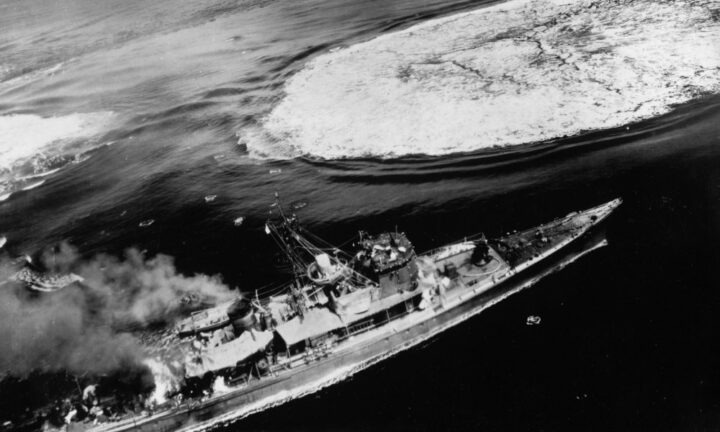
The Following Night
Damaged
The weaponry fired at these Japanese crafts had caused considerable damage to a hatch located on the Grayback’s hull. This resulted in leakage forcing the sub to set off to port in Brisbane, Australia. The Grayback was able to survive until her seventh tour, starting in Brisbane in 1943.
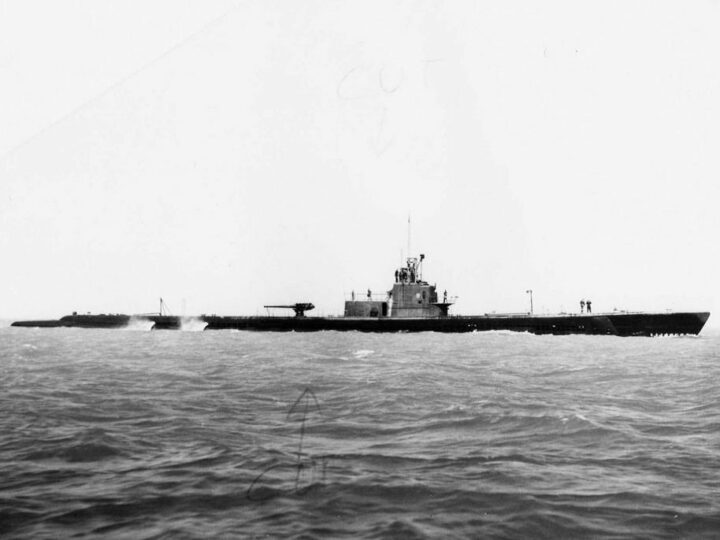
Damaged
The Seventh Tour
The Grayback was confronted with a Japanese convoy, which ultimately led to the U.S. sub sinking the Yodogawa Maru during its seventh tour. A few days after this attack, the Grayback torpedoed a Japanese destroyer, which caused tremendous damage. However, this wasn’t the last of the sub’s victories.
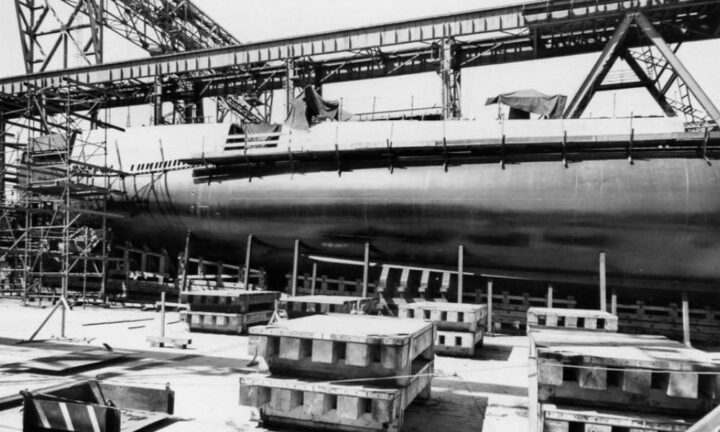
The Seventh Tour
Back to Pearl Harbor
The Grayback was later sent back to Pearl Harbor on September 12th, 1943, to prepare for another Pacific mission, which was her eighth mission in World War Two. It was two weeks after returning to Pearl Harbor that the sub sent off for Midway Atoll.
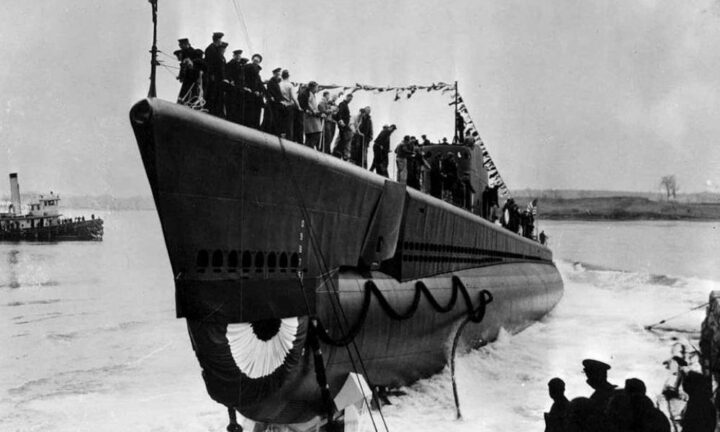
Back To Pearl Harbor
At Midway Atoll
The ‘wolfpack’ was formed when the Grayback, U.S.S. Cero, and Shad joined at Midway Atoll. The tactic of combining submarines to work together has proved to be highly successful when used by German U-boats, and the ‘wolfpack’ was no different.
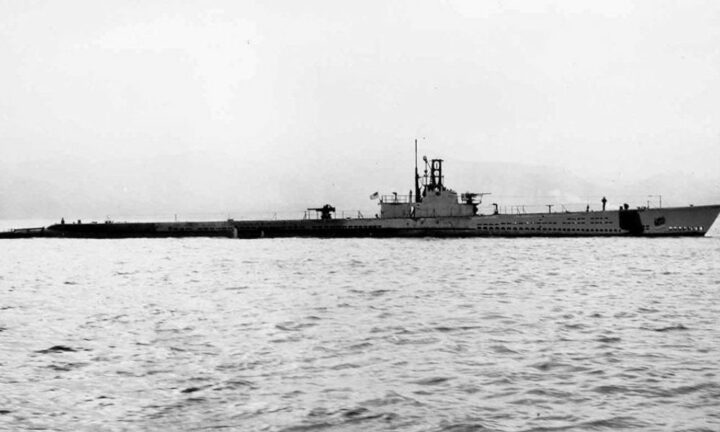
At Midway Atoll
The Three Subs
The three subs, known as the ‘wolfpack,’ were extremely effective and accounted for the sinking of more than 38,000 tons of Japanese crafts while severely damaging a further 3,300 tons. Once using up all of the subs’ torpedoes, the wolfpack returned to Midway Atoll.
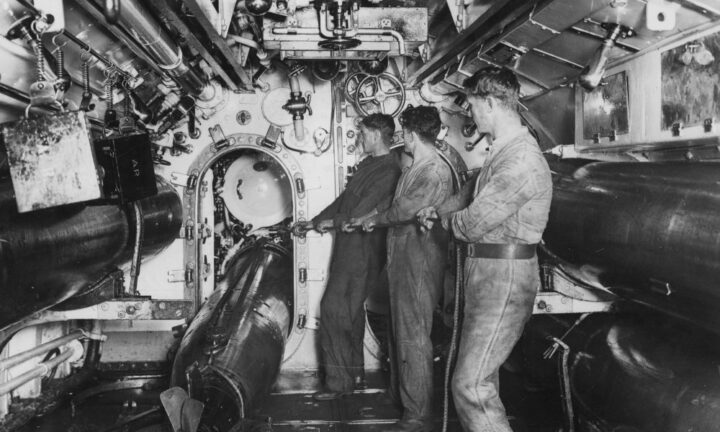
The Three Subs
Heading for the East China Sea
After returning to Midway Atoll, the Grayback was quick to set off on her next mission on December 2nd, 1943, for the East China Sea from Pearl Harbor. During this mission, the sub used all of her torpedoes in five days while sinking for Japanese ships in the process.
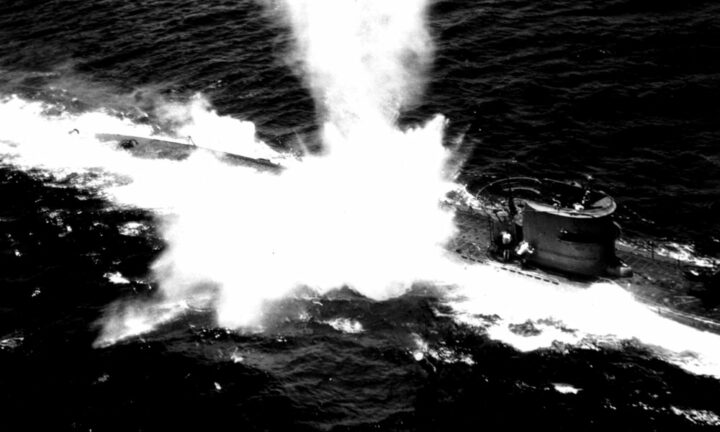
Heading For The East China Sea
The Tenth Mission
After returning back from the East China Sea, the Grayback remained in Pearl Harbor for a mere three weeks before setting sail on her tenth and final active service mission on January 28th, 1944. The sub’s last radio contact was February 25th, 1944, which led to the U.S. Navy declaring the vessel lost at sea on March 30th.
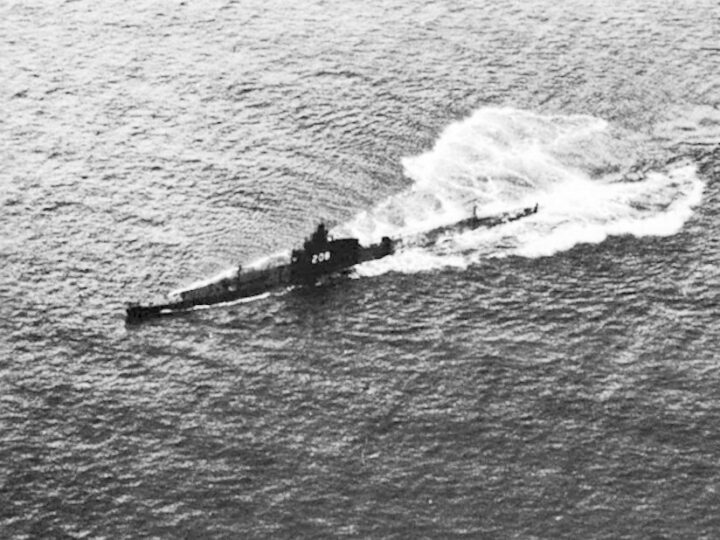
The Tenth Mission
The Final Mission
The Grayback had been solely responsible for sinking 21,594 tons of Japanese crafts during her final mission. The captain during this mission was Moore, who was awarded his third Navy Cross posthumously for his achievements in combat while the sub gained eight battle stars.
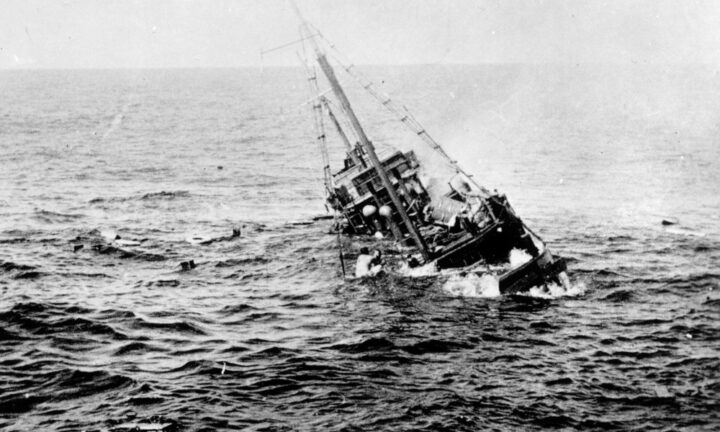
The Final Mission
Many Decades Later
It would only be decades later before anyone learned of what exactly happened to the Grayback and the 80 crew aboard the vessel. The initial belief was that the sub had sunk beneath under the waves at approximately 100 miles of the southeast of Okinawa.
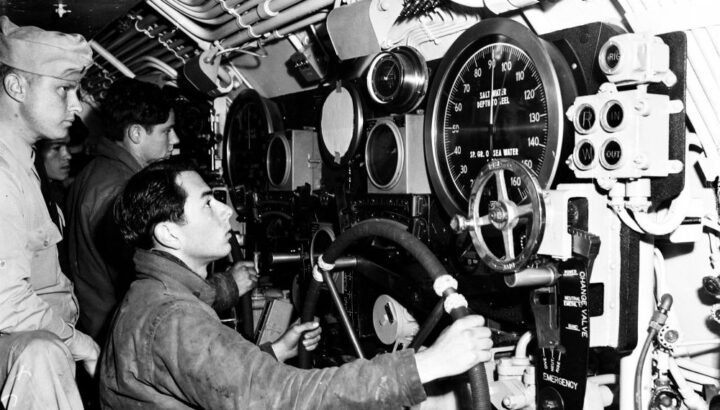
Many Decades Later
A Critical Error
The information used to create this belief came from records that had been kept by the Japanese. However, a single digit in a map reference had been transcribed wrong. Due to this, the Grayback was actually far away from this initial location.
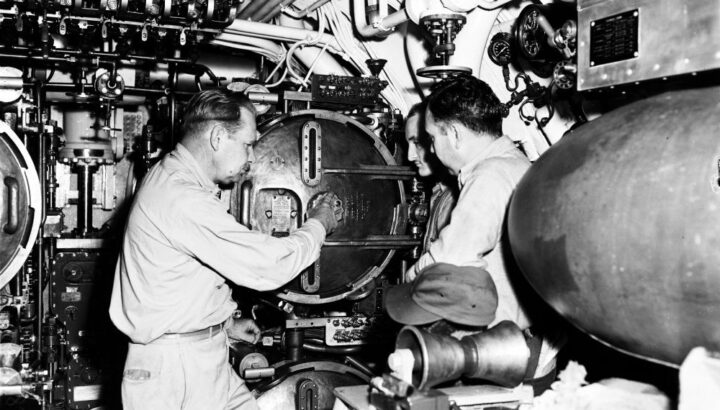
A Critical Error
Re-Examining the Case
The assumption was believed for many years. However, it wasn’t until 2018 that Tim Taylor decided to re-examine the Grayback’s disappearance. Tim is the founder of the Lost 52 Project, which is a private enterprise that’s dedicated to investigating the disappearances of 52 submarines during the Second World War.
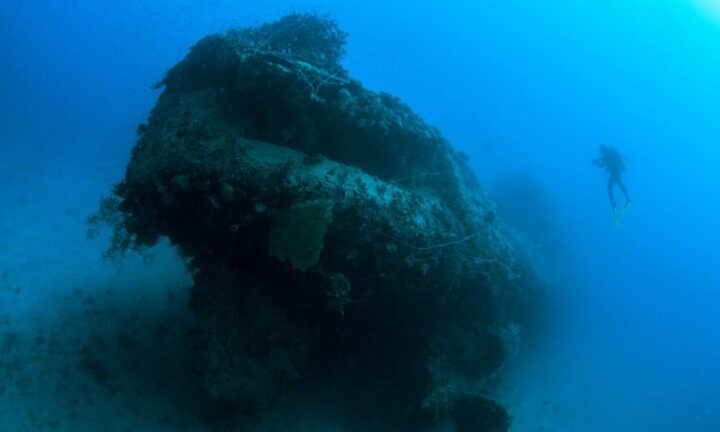
Re Examining The Case
The Lost 52 Project
The Lost 52 Project is an organization that’s dedicated to locating the 52 submarines that were sunk without any traces while fighting in the Second World War. This is founded by Tim Taylor, and the Grayback is one of the 52 submarines.
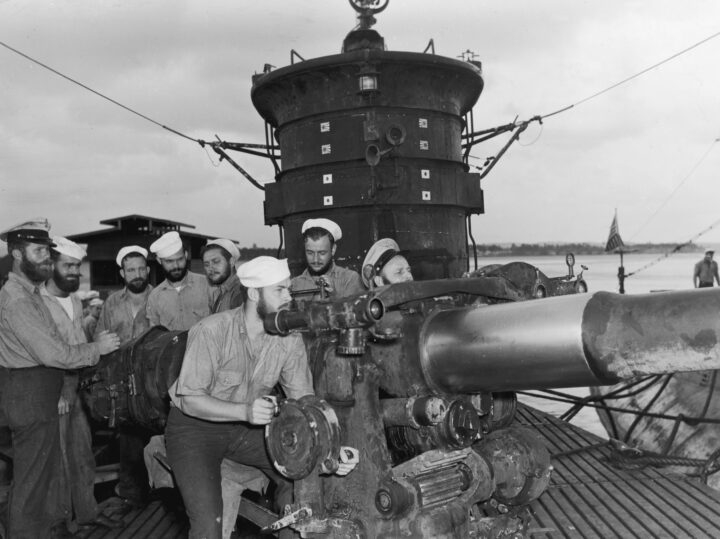
The Lost 52 Project
Over the Decades
It’s a challenging task to locate the 52 missing submarines. However, over the decades, Tim and his crew have found five submarines. Nonetheless, the team’s mission goes far beyond locating the submarines’ previously unknown locations. Tim Taylor wants to uncover the fates of such events and give clarity.
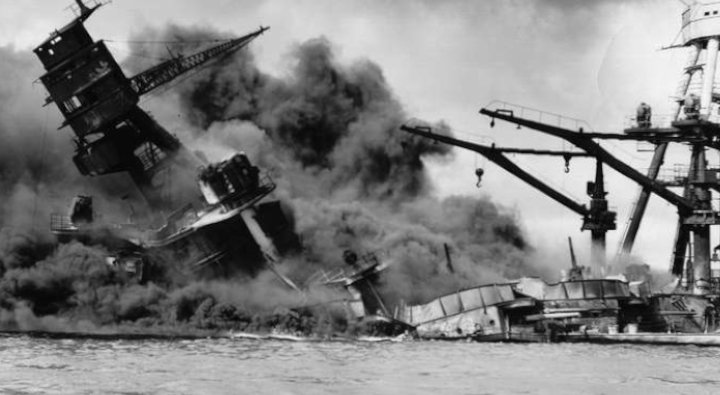
Over The Decades
Giving Affected Families Closure
The goal of the Lost 52 Project is to give the families of the lost seamen a little bit of closure. Along with locating the whereabouts of the submarines, Tim and his team establish comprehensive surveys of the wreckage to understand what caused the sinking.
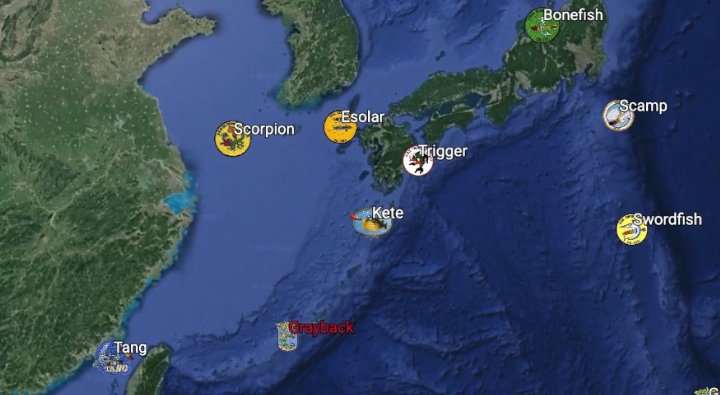
Giving Affected Families Closure
The Search for the Submarine
The organization team members got in touch with Yataka Iwasaki, who was a Japanese researcher. The purpose of this was for the researcher to comb through the files of the Sasebo base for information on the Grayback. This would help locate the vessel and uncover some answers.
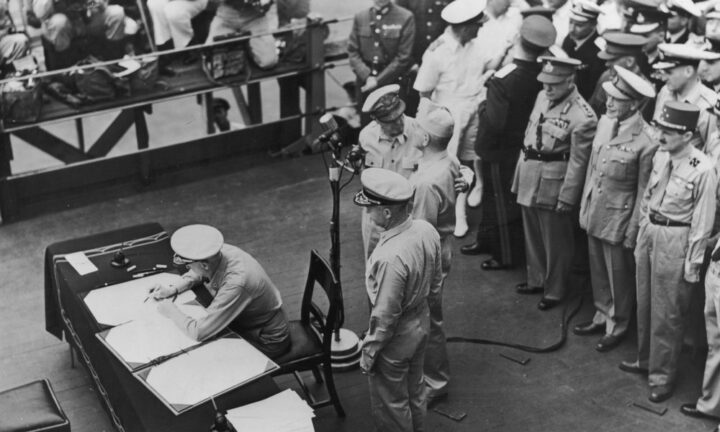
The Search For The Submarine
The Single-Digit Error
The Japanese researcher was quick to find the single-digit error, as well as a detailed attack that was done by a Nakajima B5N bomber. This bomber had taken off from an aircraft carrier and reportedly discharged a 500-pound bomb on a sub that was traveling above the waves.
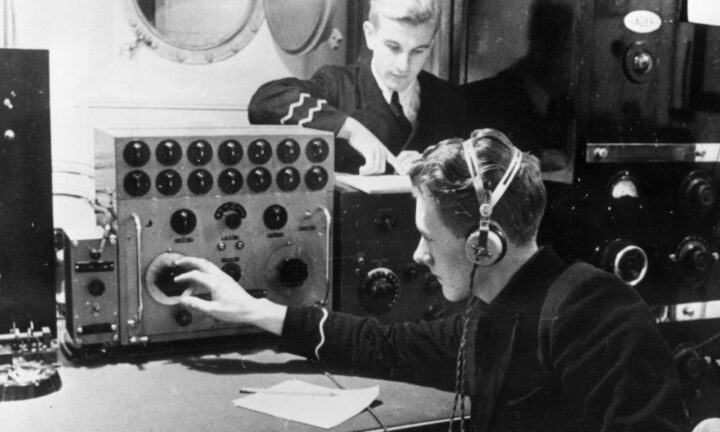
The Single Digit Error
The Bombing
The report of this bomber attack also stated that the bomb hit the sub to the rear of the submarine’s conning tower. After this, the vessel quickly blew up and sunk without any survivors. However, where did this attack occur?
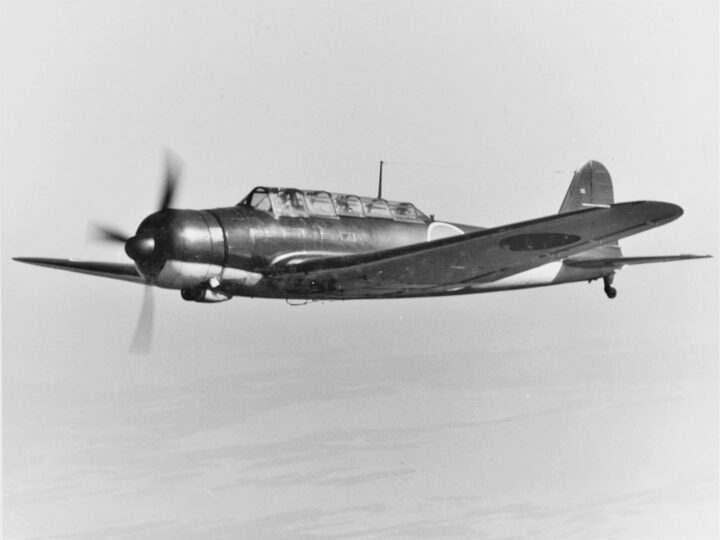
The Bombing
The Location of the Wreckage
Iwasaki also stated that there was a radio record in the Japanese wartime files that detailed the location where the attack took place. The astonishing fact was that the longitude and latitude of the attack were clearly indicated, and these coordinates were 100 miles away from where the U.S. Navy assumed the Grayback to be located.
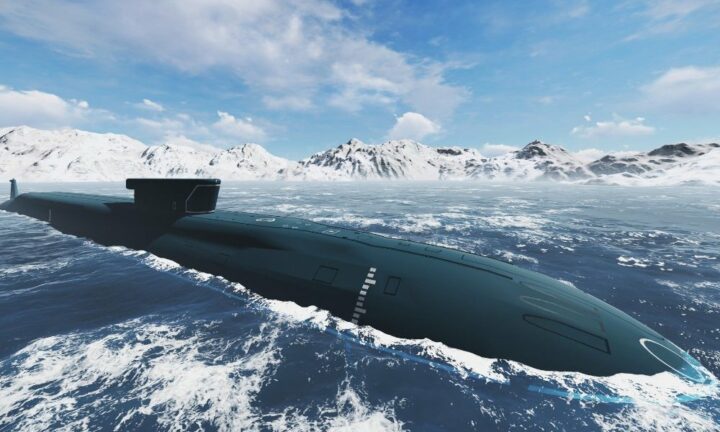
The Location Of The Wreckage
Finding the Lost Submarine
With this new information, Tim and his Lost 52 Project team had a good chance of locating the wreck of the Grayback. It was because of this that the team set out to discover the wreckage. The team found the devastation that was almost entirely in one piece after many decades.
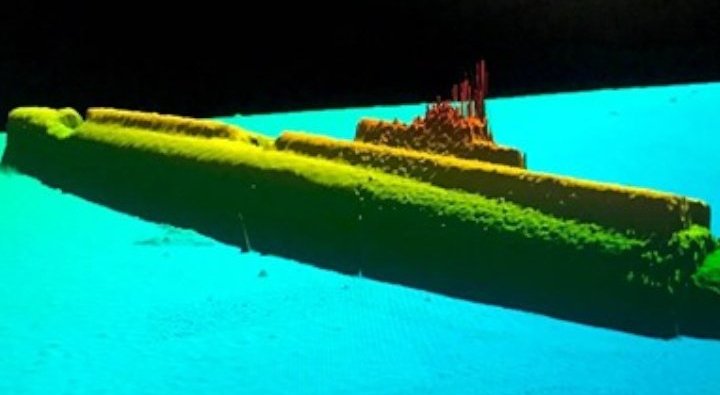
Finding The Lost Submarine




